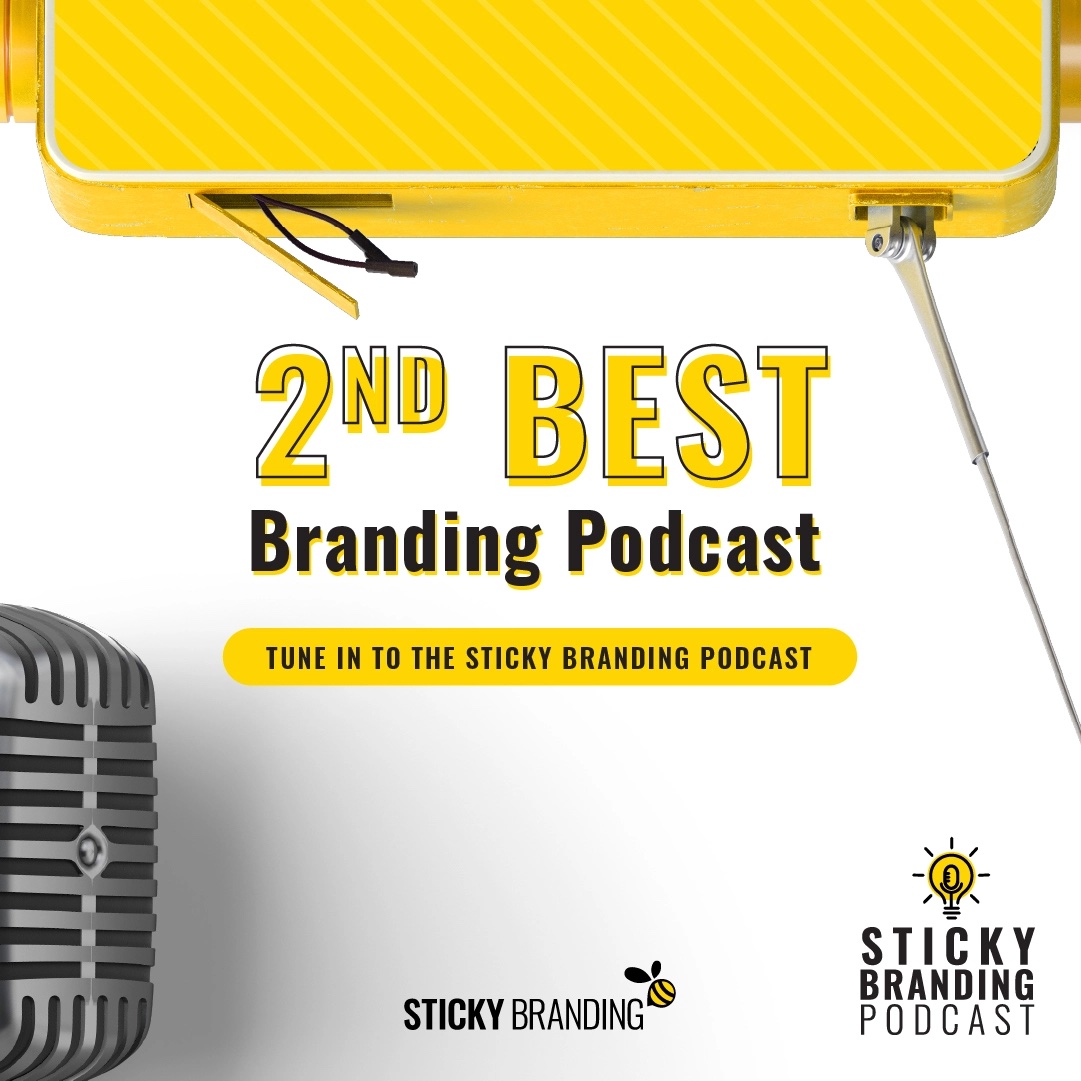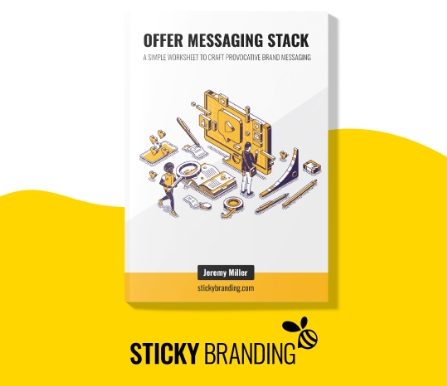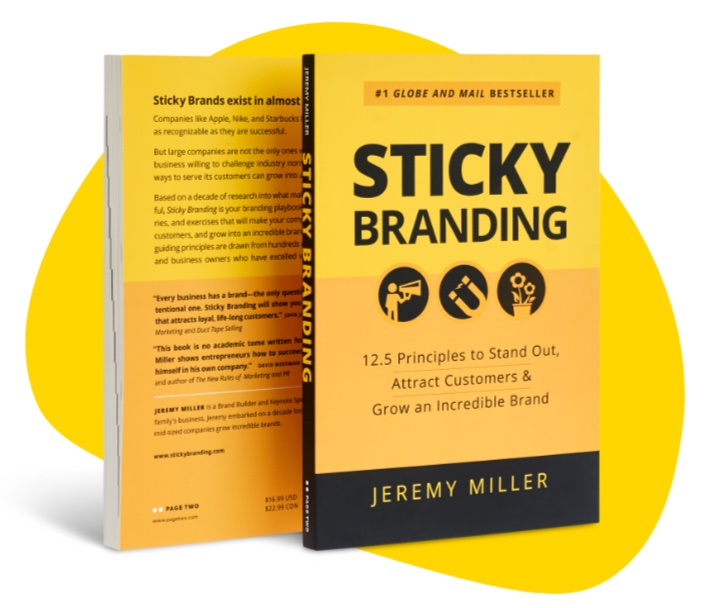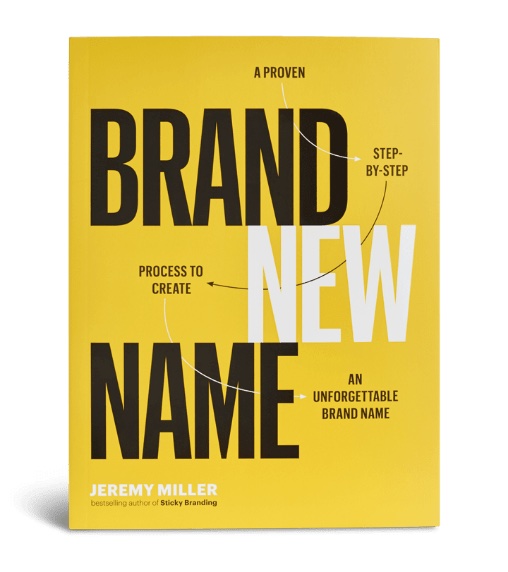Not every business can have a sticky brand. Actually, they’re pretty hard to come by. Growing a sticky brand requires a lot of moving parts coming together to create a remarkable business: strategy, people, products, service, execution, hard work, and commitment.
But as hard as it is to achieve a sticky brand, it’s absolutely worth striving for.
Examples of Sticky Brands
Companies that achieve stickiness—think of brands like Starbucks, Apple, Nordstroms, Zappos, or even the Chrysler Minivan—gain more market share, higher profits, and much higher revenues. For example, Chrysler pioneered the minivan category in the mid-80s, went 16 years with no significant competition, and sold over 12 million units. Likewise, Apple is now the biggest company in the United States and is an obvious sticky brand. Their customers often identify as “mac people” instead of “pc people” which indicates that they are dedicated to products compatible with Apple’s products (which are usually made by Apple themselves).
Equally important in this list of examples is an extremely obvious sticky brand: Band-Aid. Their commercials boasted, “I am stuck on Band-Aid, ‘cause a Band-Aid’s stuck on me!” This company literally uses being sticky as part of their brand’s stickyness. If you want to take a trip down memory lane, check out their visual historical timeline of Band-Aids.
We generally qualify if a brand is sticky based on these 10 principles, but there are additional considerations. Besides how your brand is perceived, it’s important to examine the company’s relationship with its customers. A better relationship equals better returns, so having a sticky brand delivers significant financial benefits.
But from a small-to-mid-size business perspective, what does it mean to achieve a sticky brand? Following are 4 key customer-related goals to strive for.
4 Goals to Make Your Brand Stick
1. Your Customers Understand You
What makes your business unique? What do you do better than anyone else? And does your market get it?
Developing market understanding requires purpose. It’s about purposefully focusing on what you do really well, honing and developing those assets, and communicating them to the world. This is your point of differentiation. And it has to be widely understood.
2. Your Customers Choose You First
We live in a world of choice. Invest a little time on Google or Bing, and you can find virtually anything.
The problem with too much choice is it erodes brand loyalty. Customers know if a vendor doesn’t satisfy their needs, they can go somewhere else. And sometimes, they’ll go to the competition just for a chance to try something new.
Growing a sticky brand helps you rise above the fray. Your customers understand what makes you unique and why your services are excellent, and they seek them out first when they have a need. Their comfort and trust in your company minimizes their need to shop around.
3. Your Customers Come Back Again and Again
Selling a customer once is not a sticky relationship. The stickiness occurs through repeat exposures. Your customers have an interest and loyalty to your services, and “choose you first” regularly.
Apple’s customers line up for hours to get their latest products. There’s an energy and excitement to get their products. That’s a great repetitive customer. Zappo’s customers come back again-and-again because they have great products and the service is exceptional.
How can you foster and nurture relationships so your clients come back to you again and again?
4. Your Customers Brag About You
A brand isn’t sticky if no one is talking about it. Sticky brands have a buzz. Their customers are excited about them, and they talk about them.
You don’t have to work in a sexy business to generate buzz. Buzz happens by satisfying your customers’ needs and giving them a reason to talk about you. They refer your services to others because they know you’ll do great work. They’ll tell their friends about you because it’s exciting to work with you and your team.
Buzz is a question of energy. If people are excited to work with you, they’ll talk about you.
So, What Is a Sticky Brand?
In summary, a sticky brand has customers that understand the brand, choose the brand first, come back to the brand again and again, and recommend the brand to others. Often, it’s a brand’s relationship with its customer that determines its stickiness. Additionally, the stickier the brand is, the higher its market share, profits, and revenues are.
Growing a Sticky Brand Is a Choice
Sticky brands don’t happen by accident. Their built, nurtured, and invested in. And they’re not built overnight. Starbucks, Apple, and Zappos all had to innovate and work hard to grow into the businesses they are today. They all began life as startups with entrepreneurs who had a dream.
You can grow your own sticky brand. It all starts with your decision to go for it.





